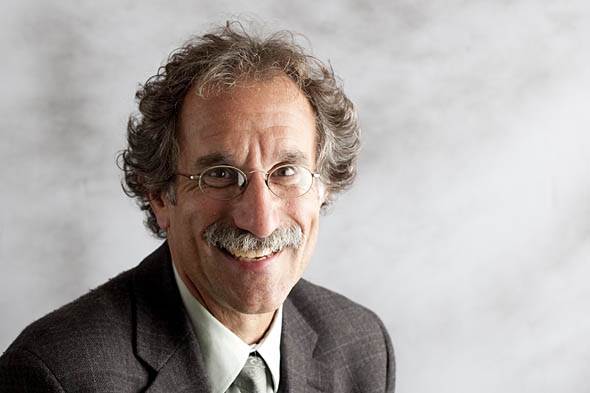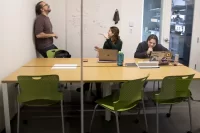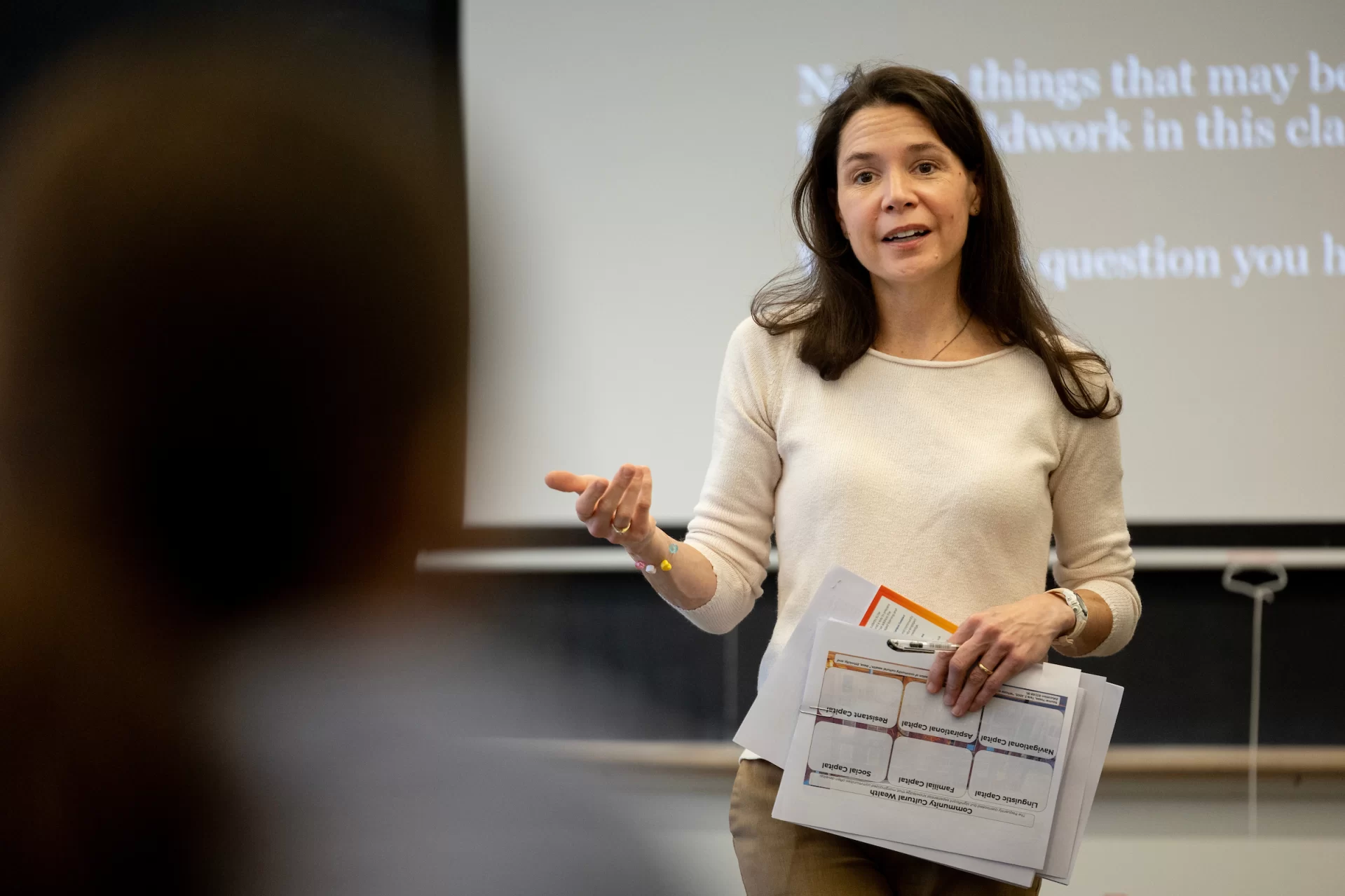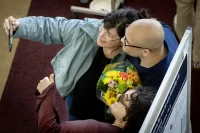National summit on undergraduate research to be hosted
From Aug. 2 through 4, 49 leaders in chemistry research from U.S. academic institutions, industry and funding agencies will attend a national Undergraduate Research Summit at Bates.
This Bates summit will examine issues involved in sustaining chemistry research at primarily undergraduate institutions and recommend ways to increase the benefit to students doing research at such schools.
In the face of significant change in the demographics of students and their professors, in scientific knowledge and in academic methods, the summit marks one of the few times that these stakeholders in the field have organized a formal approach to making undergraduate chemistry research an even more positive experience.
“I think it could have some impact,” says summit organizer Tom Wenzel, Dana Professor of Chemistry. “It certainly has that potential.”
A scientist whose research with Bates students has been described in more than 25 peer-reviewed publications, Wenzel was asked to organize the summit by the National Science Foundation’s Division of Chemistry. He is co-convener of the summit with Robert Lichter of Merrimack Consultants, the former executive director of the Camille and Henry Dreyfus Foundation.
Why the focus on undergraduate institutions? “The nature of a lot of scientific investigations these days is quite complex, quite multidisciplinary,” says Wenzel. “The research universities have the ability to put together multidisciplinary teams to go after complex problems,” whereas at many smaller schools, for myriad reasons, “there’s not that same possibility.”
Wenzel undertook the project in recognition of the importance of undergraduate research to student education and, as a training ground for future researchers, to science itself. The summit will tackle 10 topic areas, from the role of research in the curriculum to the changing demographics of students and faculty.
Wenzel feels especially strongly about two topic areas. For one, he says, “the reality is that at small schools, the research component is always inherently a fragile enterprise.” Science faculty at such schools are often faced with isolation from a larger peer group and high workloads, pressures that make it harder to keep current with one’s field and come up with fresh ideas.
Still more pressing is the fact that “in a lot of the science disciplines, we’re not doing a very good job at all in terms of bringing in underrepresented minorities,” Wenzel continues. “A huge part of the Bates summit will be aimed at making recommendations that would stand a good chance of helping diversify science,” with about a third of summit attendees being African American or Hispanic.
With support from the National Science Foundation, a steering committee working closely with the Chemistry Division of the Council on Undergraduate Research (CUR) developed the summit’s agenda. Representatives from a range of institutional stakeholders — not only academe but industry and funding agencies — will attend.
Wenzel himself is likely to be the author of the summit’s final report, which will disseminate the gatherings’ recommendations to a broad readership. Those recommendations will be aimed at interested constituencies from major funders like the NSF itself, to schools, to individual professors. They could include changes systemic and complex, or straightforward and practical.
“It might be something as simple as saying, ‘I want all my classes on Monday, Wednesday and Friday, so I have Tuesday and Thursday free to do research,’ ” he laughs. “A lot of departments would never think of discussing a matter like that.”




